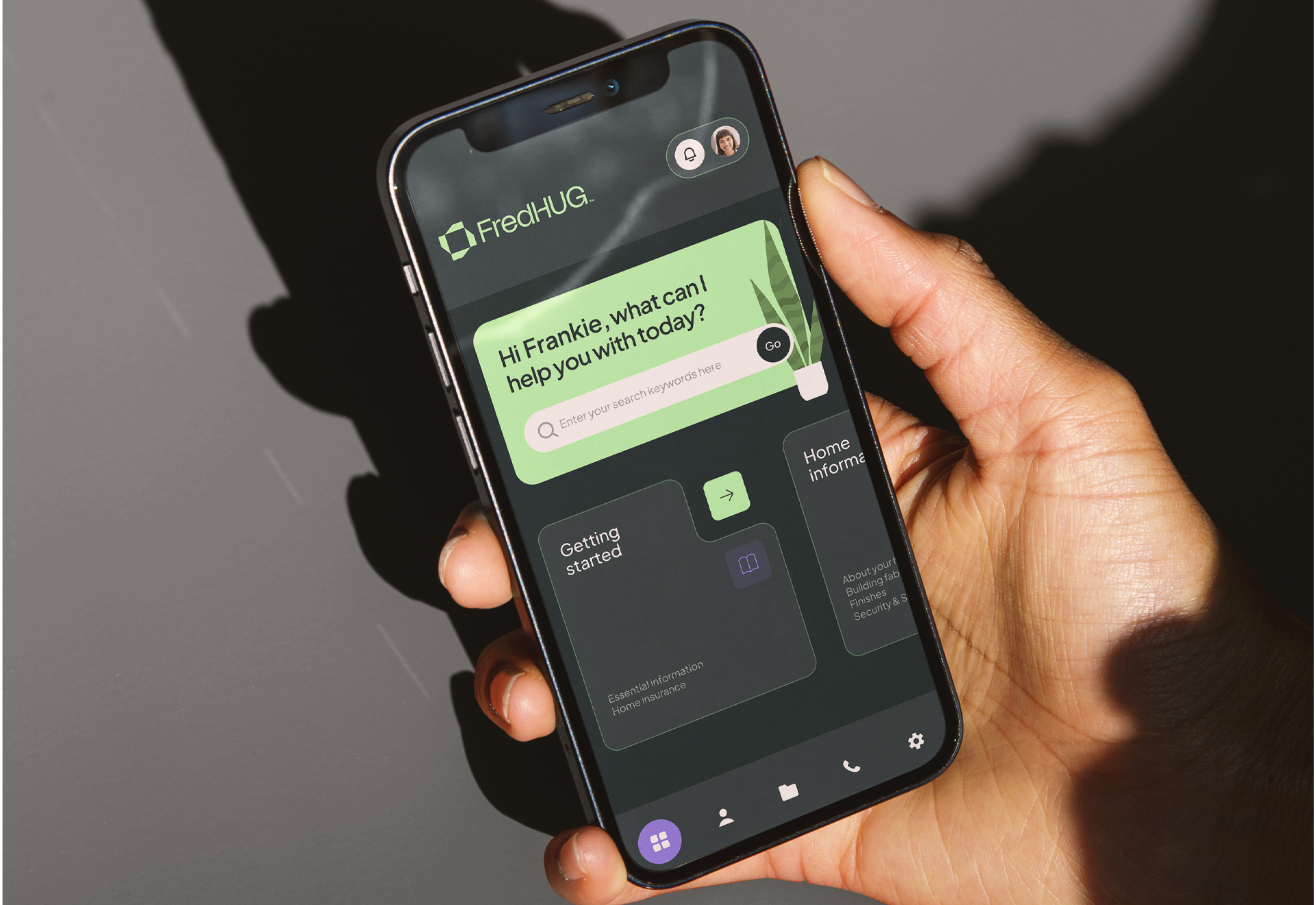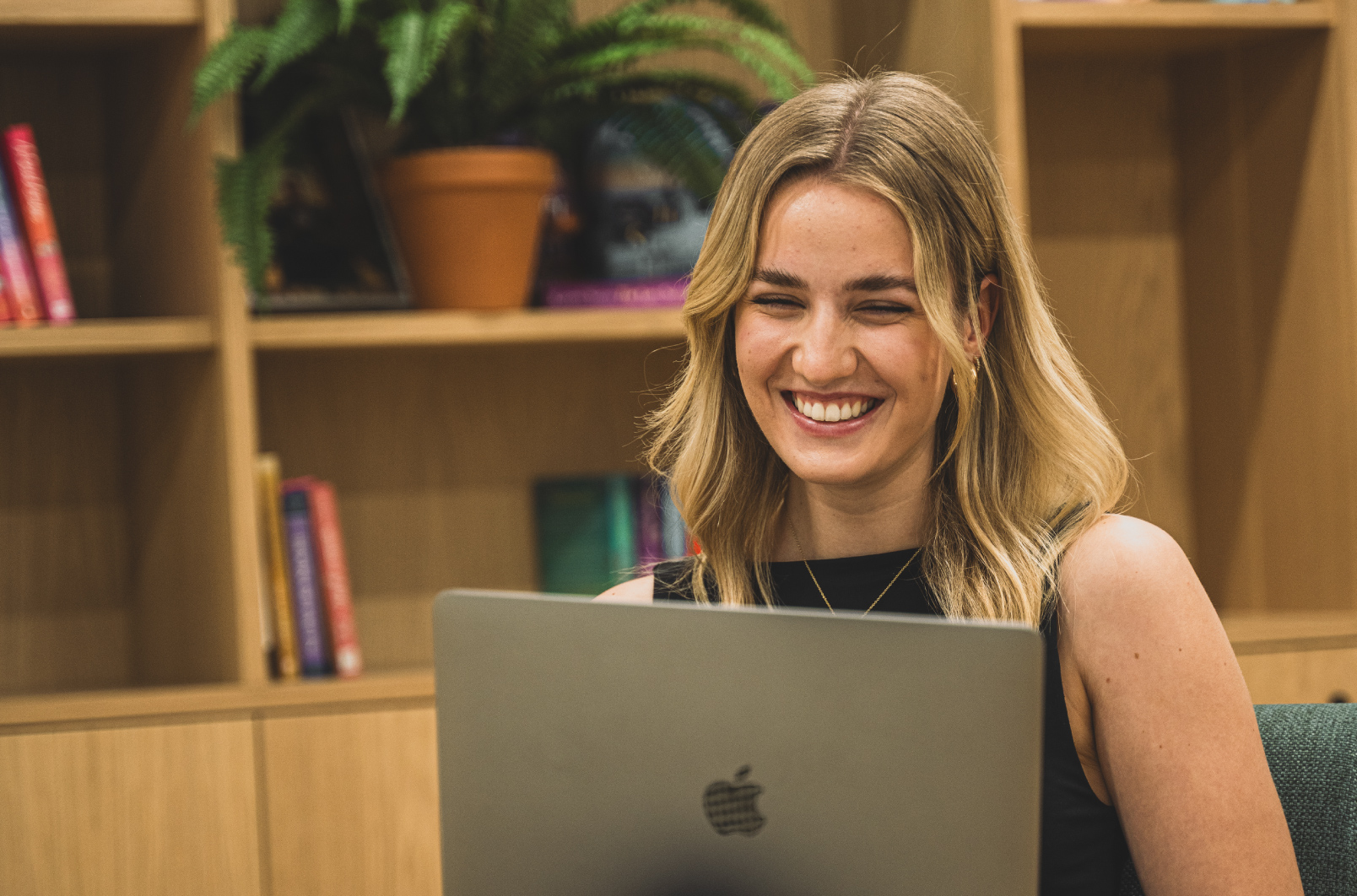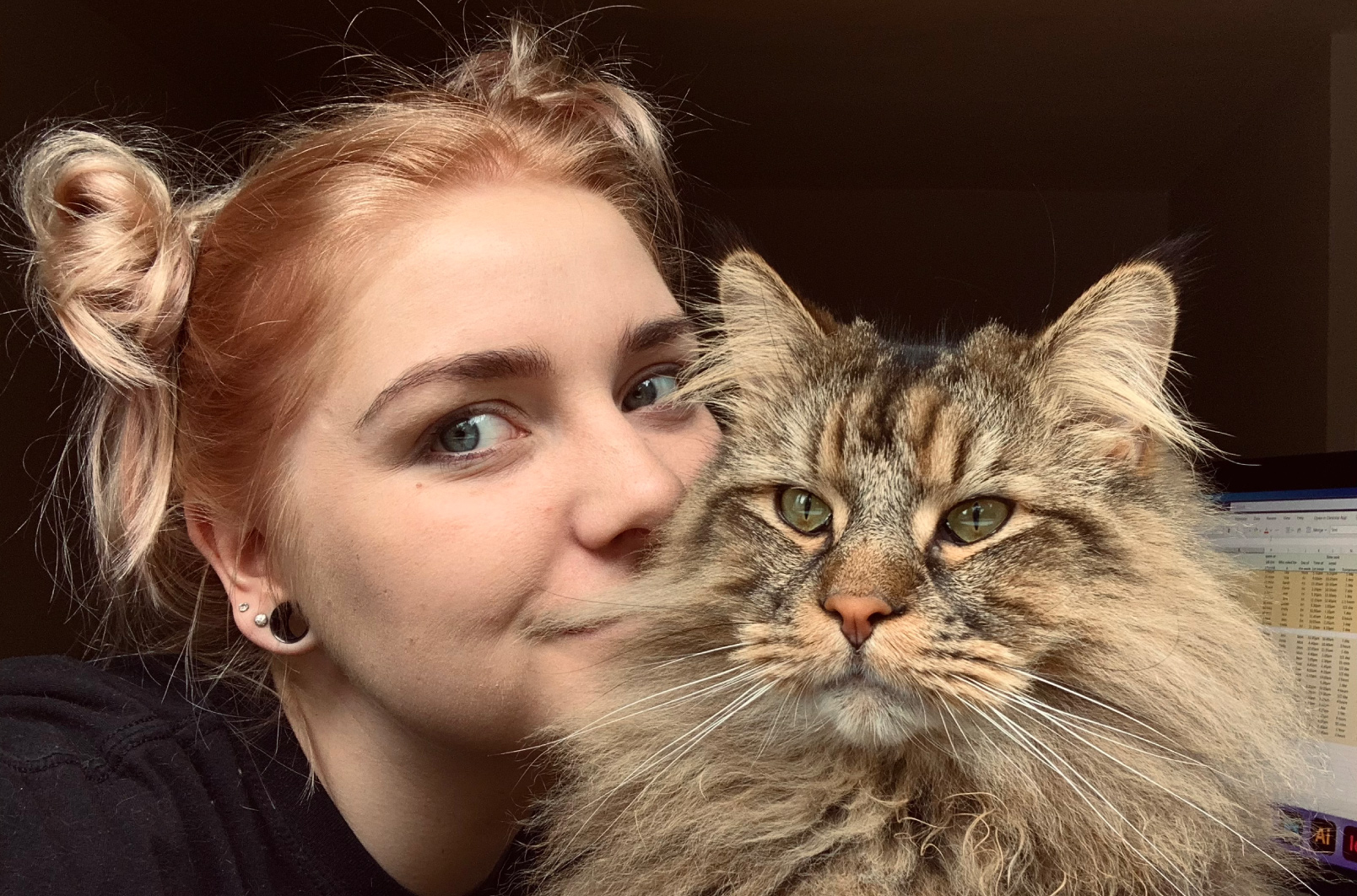The recent emergence of generative artificial intelligence (AI) programs like ChatGPT and Midjourney has no doubt made waves in mainstream media.
Before this, one of the biggest lingering questions and prominent topic of debate was if its further development would pose a threat to humanity. While that hasn’t changed in the slightest, the latest technology has instead solidified another of our concerns regarding AI: would it replace us in our jobs?
As a creative marketing agency, We Are Fred’s attention was certainly piqued by this news. From creating a brand identity from scratch using Midjourney to generating an entire film and writing copy, these AI programs certainly sing a sweet song about what it can do for, or to, creative professionals like us.
All around us
While the dangers of AI appear vast and many, no thanks to all the antagonistic AI characters in mainstream media, it has actually been floating around in our daily lives for quite some time in places like:
– Netflix
– Amazon Prime Video
– Shein
Social media platforms use AI to recommend posts, accounts, or communities that share the same interests and content as what you consume. Streaming platforms also suggest films and television series like your past watches. Fast fashion brands also use AI to recommend listings similar to what you’ve been searching for and clicking on.
So while AI hasn’t been an uncommon occurrence, what more exactly can they do for us now with these latest features?
The good stuff
Already mentioned above, AI can offer a personalised user experience by recommending a variety of things related to what you have been watching, clicking on, or buying.
For the creative industry, AI frees up precious time and energy by serving as a source of creativity for designers and copywriters alike by generating ideas that one might never would have thought of.
The multiple variations and results from the same input phase can also encourage us to expand on our work – like how we bounce off each other in meetings – or help us identify patterns and colour palettes, providing an abundance of varieties and choices for clients to look at.
There’s a catch of course.
And the bad
AI-generated copy, content, or visuals are not original.
AI borrows its information from an existing set of data. Just early this year, three artists filed a class-action lawsuit against Midjourney and two other AI imagery generators. Their database had indexed more than five billion images across the internet, including the work of many unaware and unconsenting artists.
ChatGPT’s AI engine also collates its content from a multitude of sources. Beyond that, multiple users have reported the program making up references (and for fictional diseases even!), creating books that don’t exist, or misunderstanding the sources entirely.
AI is also, simply put, not sentient; they aren’t sensitive to social or moral conduct, context, or cues.
In 2015, Google Photos had wrongly classified a photograph of software developer Jacky Alciné and his friend as gorillas, an eight-year-old error that still hasn’t been fixed today. In fact, both Google, Apple, and Microsoft appear to disable the ability to search for primates altogether.
A little experiment
I decided to ask ChatGPT to come up with names for a student living development in London.

While a little cheesy, the names don’t sound too bad at first glance.
However, after some further thinking, names like ‘Scholars’ Residence’, ‘Academic Towers’, and ‘Scholar’s Haven’ can imply an environment heavily focused on academics. Students who are looking for a more balanced or diverse university life might look elsewhere.
In addition, ‘UniLodge London’ bears similarity to Unilodgers, a student living provider in London.
Depending on the customer base, the names might also be unsuitable. For a student living development on the higher end, the prompt will likely need some tweaking.
ChatGPT certainly has its limits. Without independent analysis and careful deliberation, the more crucial and finer details would have been missed out.
What do we take away from this?
Will AI replace us in our jobs?
While doing research for this blog, I found myself liking Meta Senior Product Designer Jasmine Oh’s take: “AI will become a design partner and tool that designers can use to meet ever-evolving workplace demands”.
We Are Fred’s Art Director, Steph, shares similar thoughts. “Without a doubt, it has the potential to elevate our offerings but it’s also important to be aware of its limitations, inbuilt biases and risks to security and confidentiality,” she adds.
With AI’s copyright and infringement issues and limits with regards to social and moral subjects, our more meticulous human insight and understanding will not allow for AI to completely eradicate our creative roles.
Just as AI aids us in our user experiences, these latest generative AI programs should similarly inspire and encourage us in improving and elevating our creative work.
Ever insightful, Steph closes her thoughts with “as creative professionals, it’s our job to temper what is still a new, unregulated technology. The prospects are exciting, bewildering, and terrifying, just as every revolutionary leap in technology has been before.”















.jpg)











